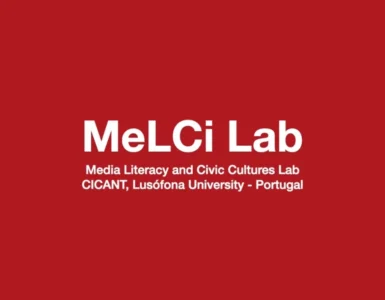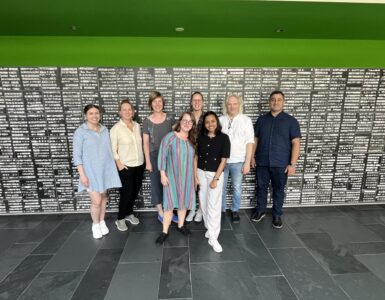By Ksenia Zavyalova, Kazan Federal University, Republic of Tatarstan & Conor Galvin, UCD, Ireland.
Learning is changing in this digital age – fundamentally and irrevocably –and social media is accelerating these changes. We recommend reading the following three papers to better grasp the ways that learning is being shaped / reshaped through what is increasingly called simply ‘the social’.
The first is Rethinking sociocultural notions of learning in the digital era: understanding the affordances of networked platforms by Unlusoy, Leander & de Haan (2022). As a way of understanding new concepts emerging around social media-based learning, the authors suggest that we should examine more thoughtfully several previously unremarked affordances offered by many social media platforms. These are visibility, scalability, flexibility, and persistence. Visibility concerns a new level of “being seen” which means that our online connections to each other become more explicit, traceable, and measurable. Scalability relates to how online interactions are no longer so constrained by geographical, cultural or social factors and so learners can share and seek content or networked communities with similar interests more easily and across much vaster spaces and synchronicities. Flexibility implies that learning through social media contexts can be improvisational and unpredictable – in positive ways – primarily because learners encounter content in contexts that are not prescribed and linear. And finally, persistence refers to the enduring nature of materials once posted which can allow learners to create and curate personal and/or collective archives of materials that remain available to them even when the original source of information may no longer be available online.
In part because of the pandemic, the ways teachers use social media has also shifted very substantially – not least in how platforms are used to source professional learning and development. Prestridge (2019) in her paper Categorising teachers’ use of social media for their professional learning: a self-generating professional learning paradigm makes the interesting observation that this turn to social media for learning opportunities has in many cases resulted in teachers embracing also the possibilities to generate as well as consume – so becoming content authors and protagonists of their own learning. She puts this down to a number of dispositions that social media seems to extend if not actually catalyse. The first is curiosity which is probably the essential quality for teachers to begin exploring and being innovative in the classroom. The second is a kind of competitiveness that often creeps in once teachers start to post and generate which sees them finding a niche that in turn influences what they post, how often and who they follow. Additionally, Prestridge points out the unusual willingness of teachers to join online communities in their field(s) of interest and notes they seem to be particularly enthusiastic about resource exchange and ‘what works’ type discussions. This she sees as a hopeful sign of things to come in an aspect of teacher that has not always been as well explored as it could.
The third paper looks in depth at the deeper nature and generative structures underpinning such online communities. It is by Gradinaru (2016) and is titled The technological expansion of sociability: virtual communities as imagined communities. This is more of a conceptual piece than either of the others and develops the idea of the imaginary that can inspire and then sustain an online community independently of any real-world connections. Gradinaru notes the power of social media in enabling communities of learners that draw-in people from all over the world who may never actually meet other than in these social and ideational spaces. The beauty of such imagined communities is that they can be heterogeneous, extensible, and fluid. Often this generates a sort of digital economy of online interactions where community members exchange digital goods – such as the resources and learning suggestions noted above by Prestridge – as a means of maintaining online relationships and support. Gradinaru explores both the implications and the deeper nature of such activity in the light of her readings in imagined community to argue – persuasively, it should be said – in favour of the idea that by sharing common space and values people become better learners and more adept professionals.
In short, these papers when taken together offer insight into the architecture of ‘new learning’ in a social media landscape and a signalling structure that points to the power and potential of such platform learning. Social media engagement affects the way people and, particularly teachers, learn. Papers like these are important because they help us understand both the changes and the challenges involved in this still relatively new learning modality and create insights that we can learn through.
As social media users and researchers ourselves, we are intrigued by this whole emerging vista. Consequently, in a recent paper – Teachers as media creators and prosumers: exploring the reasons & values behind their YouTube pedagogical activity – we take a look at one such platform and the the visual media creation activity of teachers it supports. This represents our efforts to build on the sorts of ideas and activities noted above. It might be of interest if you would like to know more about the changing nature of teacher learning and the sometimes unexpected ways in which social media can seed, support and sustain this in oftentimes impressive ways.
Authors

Ksenia Zavyalova, Research Associate, Kazan Federal University, Republic of Tatarstan.

Conor Galvin, UCD College of Social Sciences & Law, School of Education, Dublin, Ireland.














